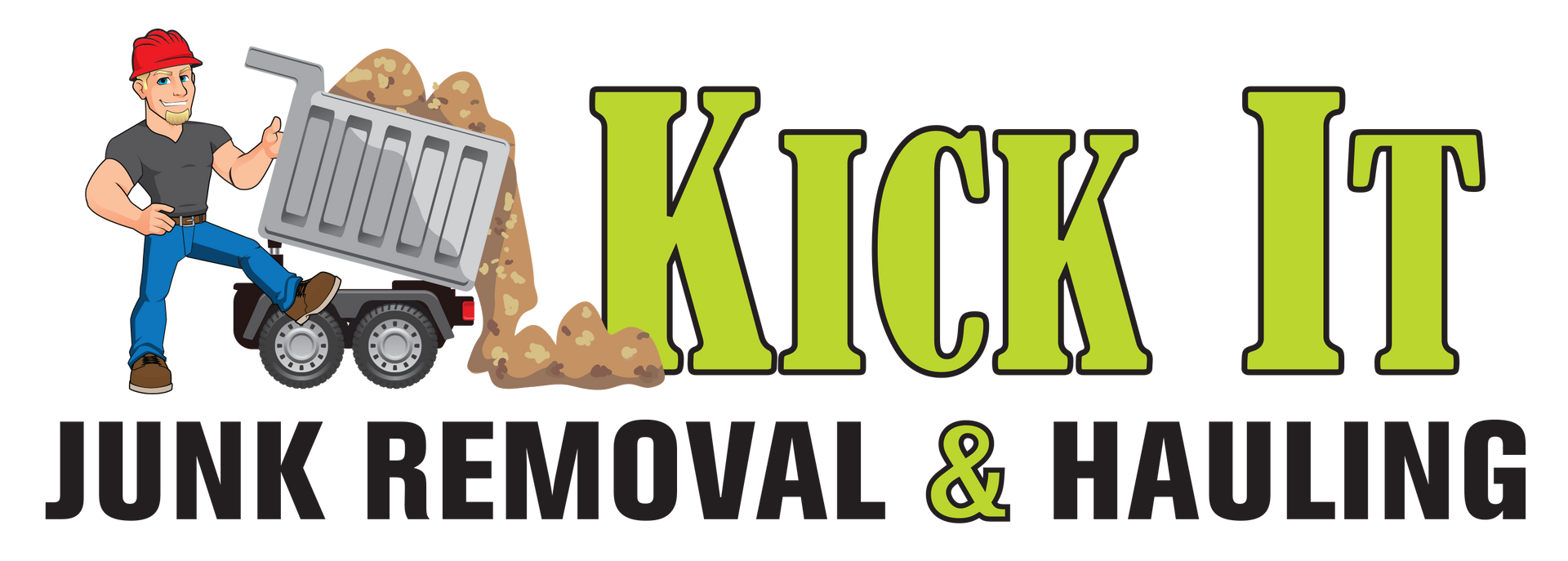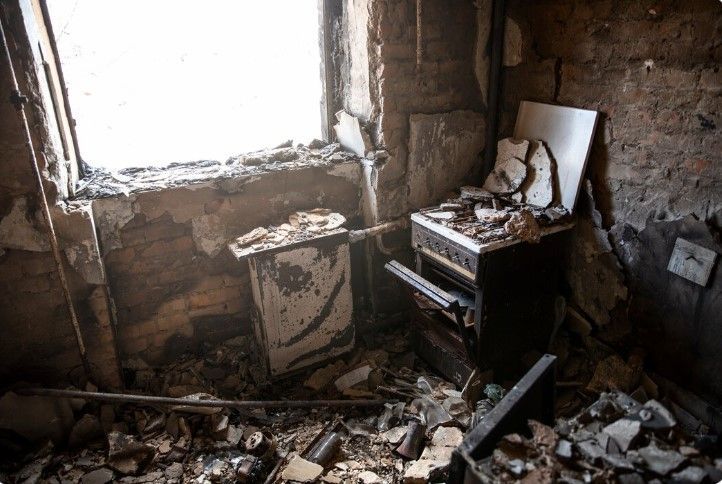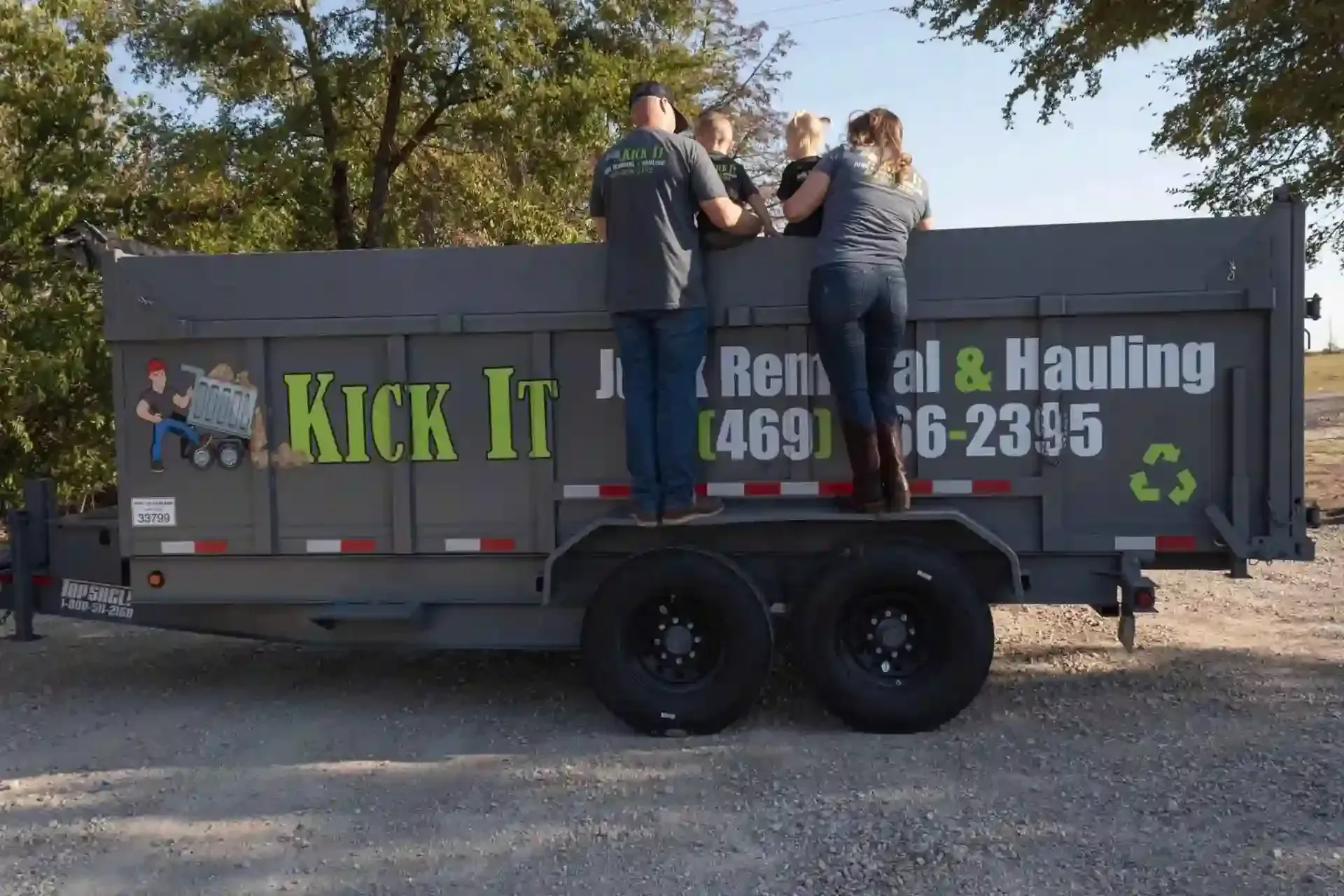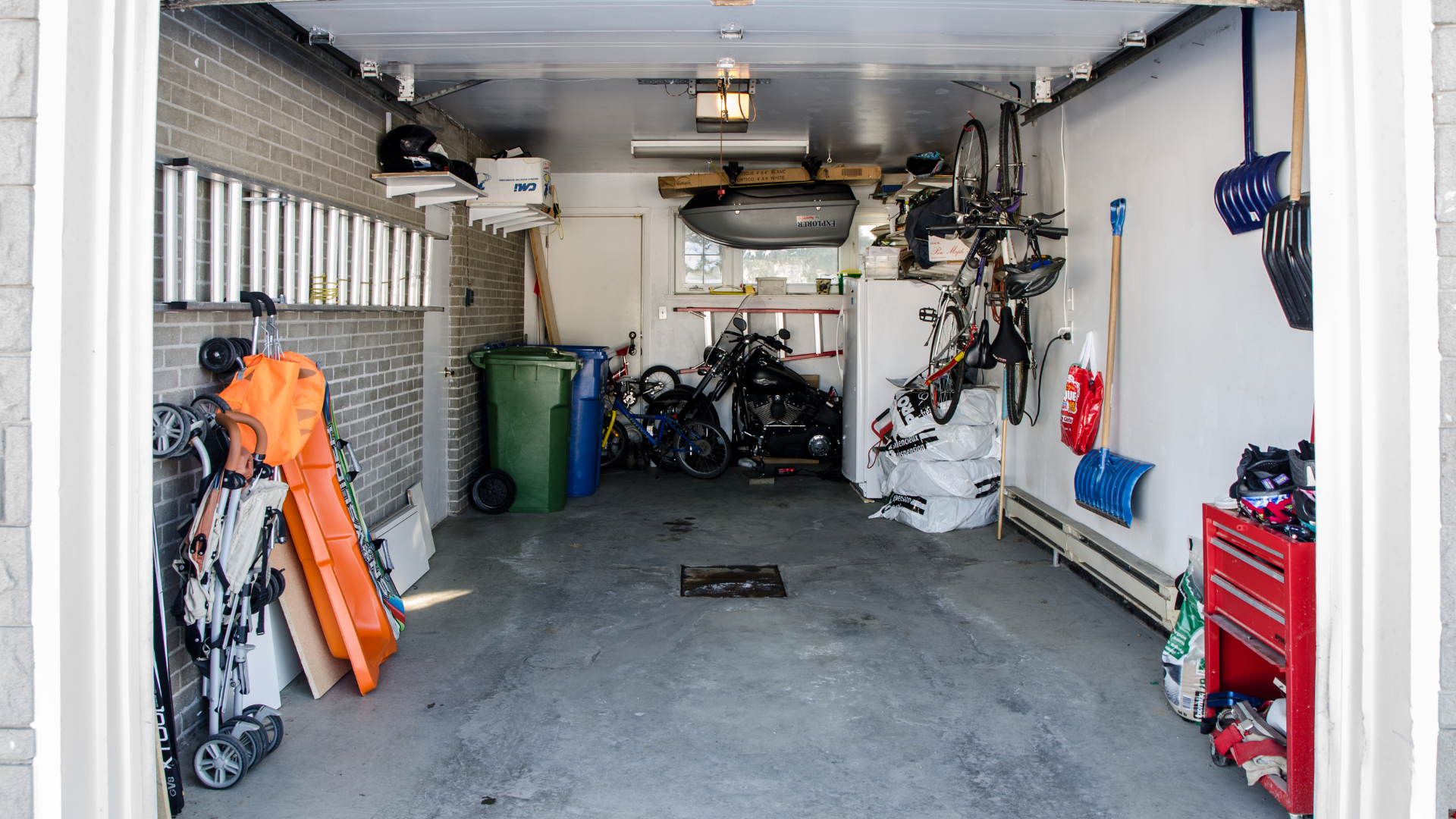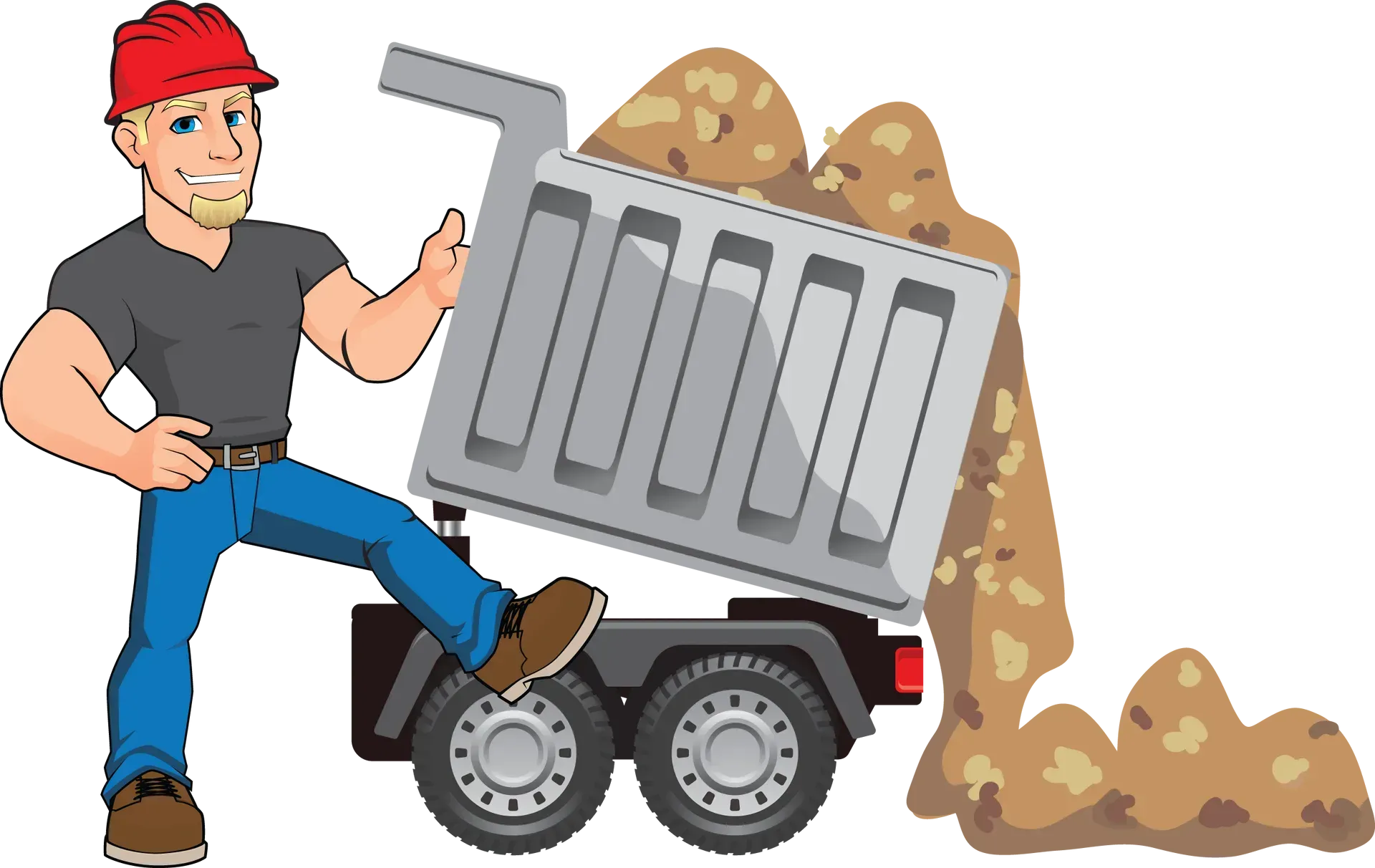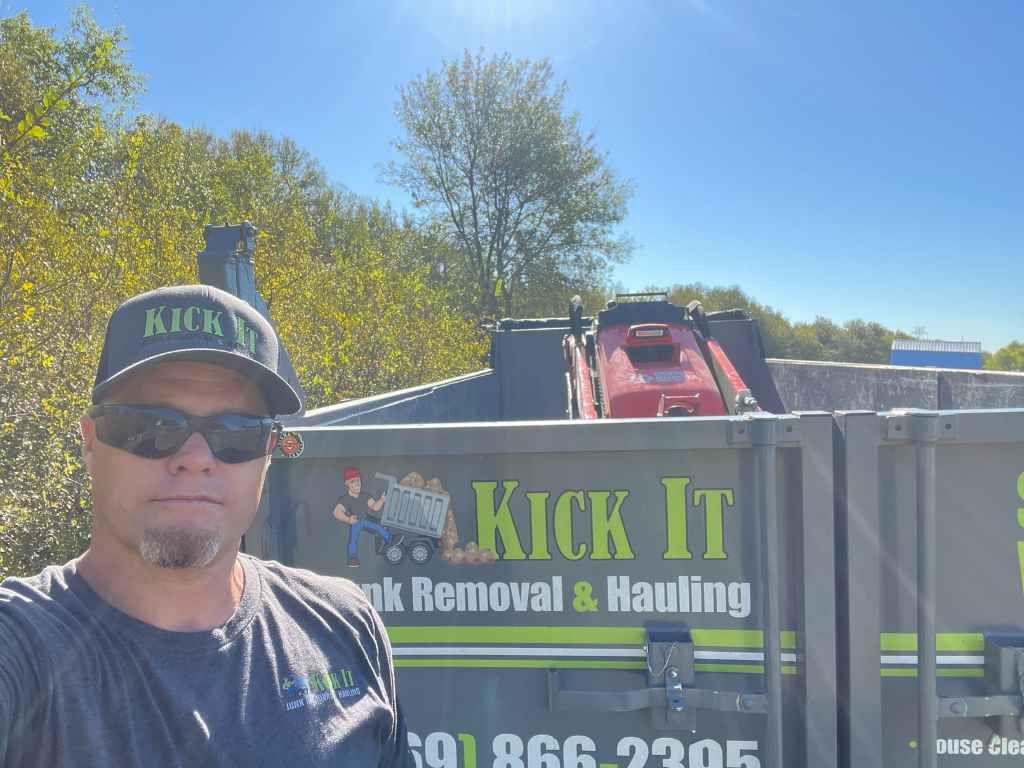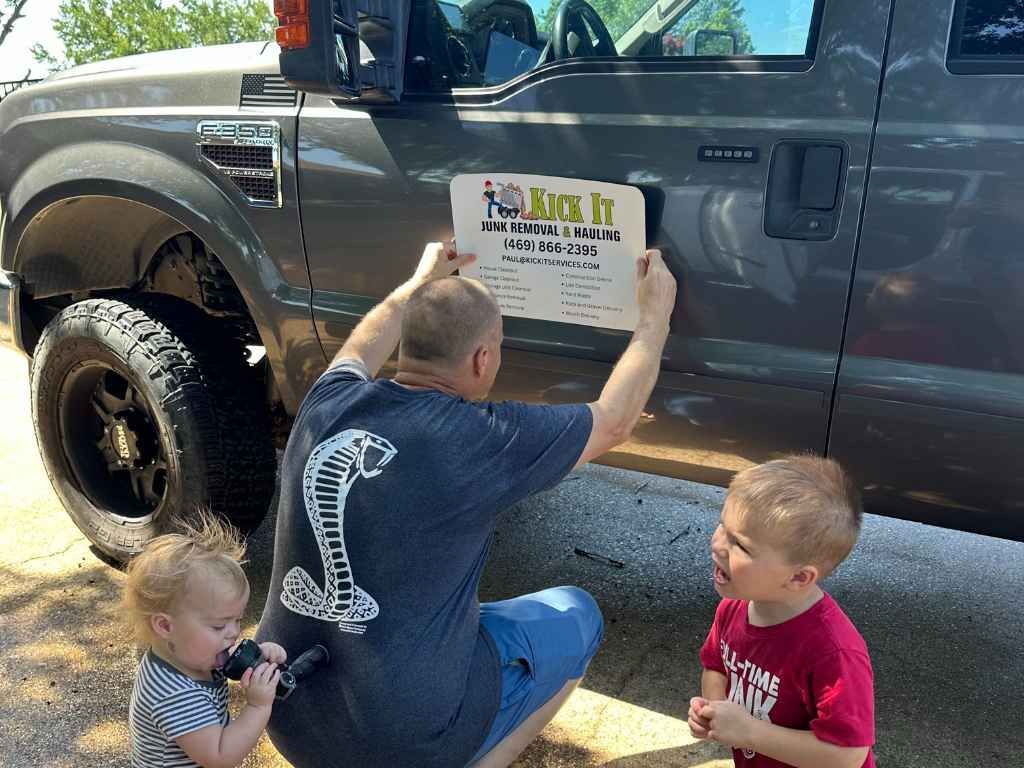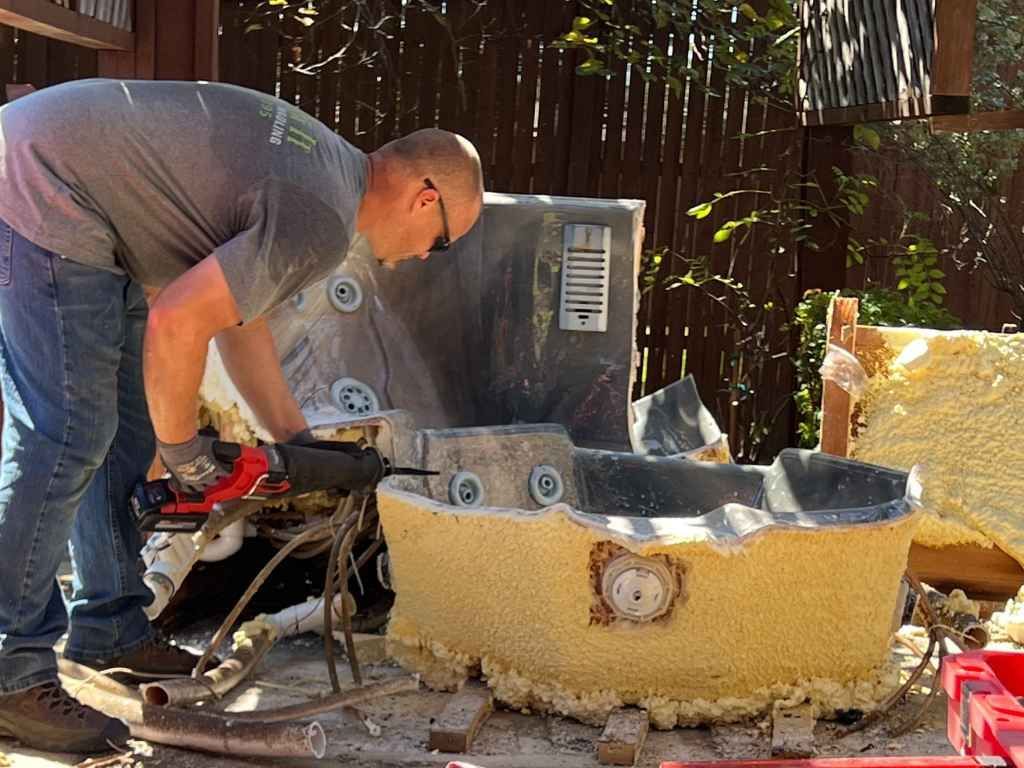How to Deal with Hazardous Materials During an Attic Cleanout
Attic cleanouts can reveal more than just dusty boxes and forgotten holiday décor—they often expose materials you didn’t expect, including items that may be hazardous to your health or your home. Old insulation, rodent droppings, mold, or even containers of unknown chemicals can turn a simple cleanup into something more serious. Knowing what to do next is crucial for your safety and your property’s well-being.
At Kick-It Junk Removal, we’ve seen it all. From deteriorating insulation to potential asbestos or lead paint, we understand how risky it can be if you’re not prepared. In this guide, we’ll break down how to spot hazardous materials during an attic cleanout and how to safely handle or remove them without putting yourself at risk.
How to Safely Handle Hazardous Materials in Your Attic Cleanup
Cleaning out your attic can be a daunting task, especially when hazardous materials are involved. Whether it's old insulation, mold, or other dangerous substances, knowing how to deal with them safely is crucial for your health and home. The first step is to identify any materials that might pose a risk, such as asbestos, lead paint, or rodent droppings. Make sure to wear protective gear like gloves, masks, and goggles to avoid direct contact with these harmful substances.
Once you've identified the hazardous materials, it’s important not to disturb them more than necessary. If you're dealing with asbestos or lead, it's best to call professionals who are trained to handle these materials. Never attempt to remove these substances yourself unless you're fully equipped and knowledgeable about the process. Proper disposal is equally important, so make sure to follow local guidelines for safely getting rid of hazardous materials.
Essential Tips for Dealing with Dangerous Materials During an Attic Cleanout
Attic cleanouts often reveal more than just forgotten belongings; they can expose hidden dangers like mold, mildew, or harmful chemicals. Before starting, it’s essential to inspect your attic thoroughly for signs of hazardous materials. Look out for dark spots that may indicate mold growth, or damaged insulation that might contain harmful fibers. Having a trained eye can prevent further exposure and health risks.
After identifying dangerous materials, it's critical to prioritize safety. Always wear a protective mask and gloves to shield yourself from airborne particles or contaminants. If the materials seem difficult to handle, consider hiring professional cleaning services. Specialists have the right equipment to handle mold, insulation, or chemical spills without putting anyone at risk. Proper disposal methods are just as important to ensure these hazardous materials don’t endanger the environment or your family.
What to Do When You Find Hazardous Materials in Your Attic
Finding hazardous materials during an attic cleanout can be overwhelming, but it’s important to stay calm and proceed with caution. Start by identifying what you’re dealing with—common attic hazards include asbestos, lead paint, or rodent feces. These materials can pose serious health risks if handled improperly. Always protect yourself by wearing a respirator mask, gloves, and safety goggles before proceeding with the cleanup.
Once you’ve taken the necessary precautions, consider contacting professionals to safely remove and dispose of any hazardous materials. If you’re dealing with asbestos or lead, local regulations often require that these materials be removed by certified professionals. For less toxic materials like mold, you might be able to handle it yourself with the right tools and cleaning supplies. However, it’s always safer to err on the side of caution and let experts handle the tough stuff.
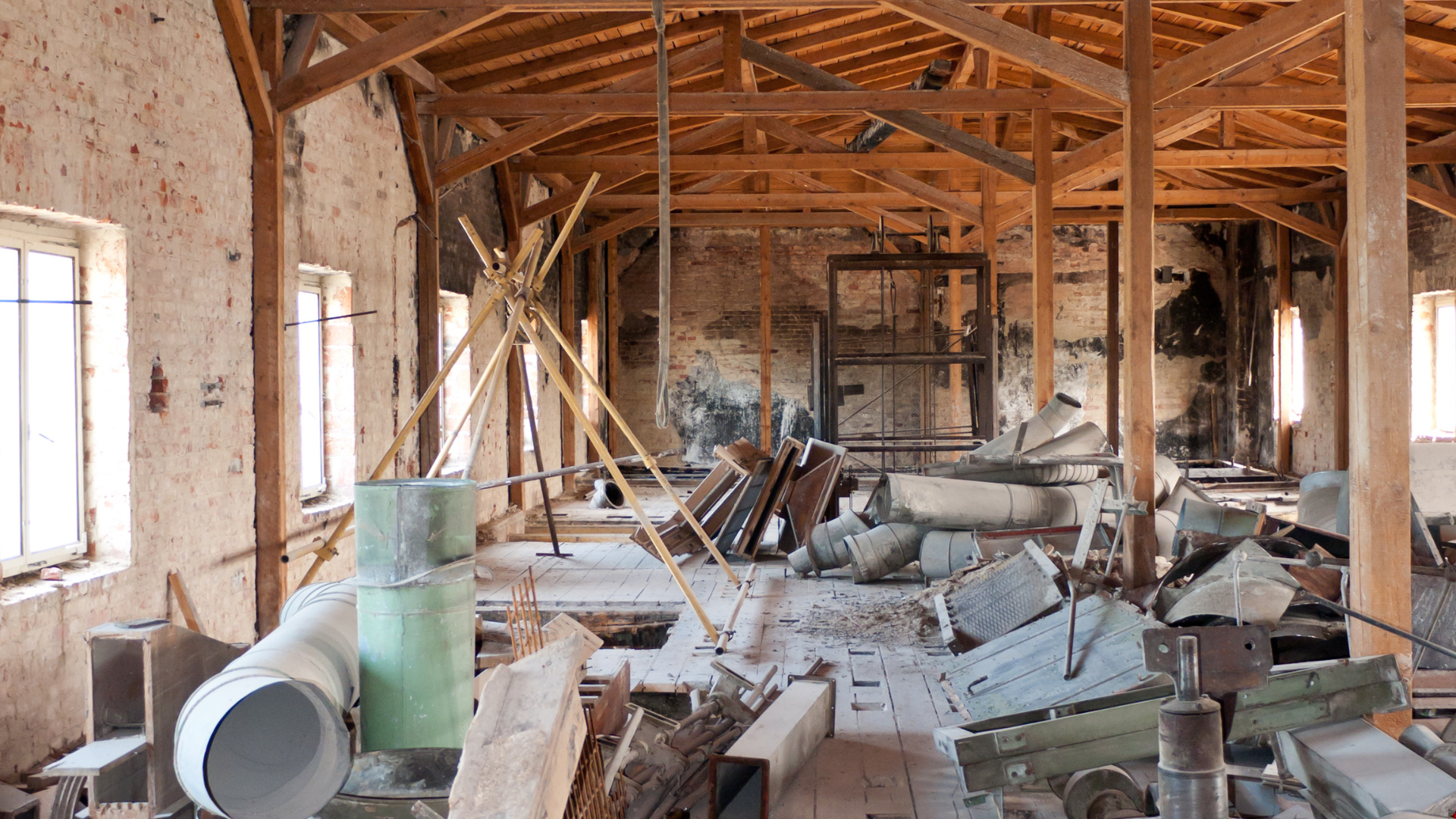
A Step-by-Step Guide to Managing Hazardous Materials During an Attic Cleanout
Managing hazardous materials during an attic cleanout requires a careful and systematic approach. Start by performing a thorough inspection to identify potential dangers such as old insulation, mold, or chemical containers. Many of these materials can be toxic if disturbed, so it’s crucial to proceed carefully. Always wear protective equipment like gloves, masks, and goggles to minimize exposure to harmful substances.
Once you’ve assessed the situation, take steps to safely remove or contain the hazardous materials. For substances like mold or rodent droppings, it’s important to use the right cleaning products to neutralize any health risks. If you come across materials such as asbestos or lead, it’s best to hire a professional with the proper training and equipment to safely remove and dispose of them. Follow all local regulations for hazardous waste disposal to ensure you’re handling the materials responsibly.
How to Identify and Remove Hazardous Items from Your Attic
Attic cleanouts are essential for maintaining your home, but they can also uncover dangerous materials that may have been hidden for years. When cleaning your attic, look for signs of hazardous items such as damaged insulation, mold growth, or old chemicals. If you find materials like asbestos or lead paint, it’s important to take immediate precautions to avoid exposure. Proper identification is key to ensuring safety during the cleanout.
Once you’ve identified hazardous materials, the next step is removal. While it’s possible to handle some hazards, such as mold or old insulation, yourself, it’s often safer to hire professionals for substances like asbestos or lead. These experts can safely remove and dispose of the materials, preventing any harm to you or the environment. Make sure to follow all local regulations for proper disposal and never try to handle dangerous materials without the necessary protective equipment.
Safe Ways to Handle Hazardous Materials During Your Attic Cleanup
Attic cleanouts can often lead to the discovery of hazardous materials that require careful handling. Common attic hazards include mold, old insulation, or rodent droppings, all of which can present serious health risks if disturbed. Before starting, ensure you have the right safety gear in place, such as gloves, a respirator, and goggles. This will help protect you from airborne particles, toxins, and potential allergens that may be present in the attic.
If you discover materials that are difficult to handle, such as asbestos or lead paint, it’s essential to contact professionals for removal. Certified experts are trained to deal with these hazardous materials safely and in accordance with local laws. In many cases, attempting to remove them on your own can lead to further contamination or exposure. Always follow proper disposal guidelines to ensure the materials don’t pose a threat to your health or the environment.
Key Strategies for Dealing with Dangerous Substances in Your Attic
When tackling an attic cleanout, one of the most important things to consider is the presence of hazardous substances. Whether it’s mold, outdated insulation, or hazardous chemicals, these materials can be harmful if not handled properly. Start by wearing the appropriate protective gear, such as a high-quality mask, gloves, and goggles, to shield yourself from potentially toxic materials. Ensure your attic is well-ventilated to prevent inhalation of harmful particles.
Next, identify the materials that need special attention. Asbestos, for example, can be tricky to handle and should never be disturbed. For these types of materials, it’s best to contact a certified professional who has the proper tools and experience to safely remove and dispose of them. If you’re dealing with other hazardous substances, make sure to follow local disposal guidelines to avoid any environmental impact or legal issues.
The Right Approach to Handling Hazardous Materials in Attic Cleanouts
Dealing with hazardous materials during an attic cleanout requires careful planning and the right approach. Common attic dangers include mold, asbestos, and old insulation that could be contaminated with harmful substances. Before starting your cleanout, inspect the attic for any signs of hazardous materials. If you find something potentially dangerous, it’s important to wear protective gear such as gloves, a respirator, and safety goggles.
Once you’ve identified hazardous materials, it’s crucial to handle them appropriately. For items like mold or old insulation, you may be able to safely clean and dispose of them on your own, provided you have the right equipment. However, for more dangerous materials like asbestos or lead paint, it’s best to contact a professional who is trained in their removal and disposal. Following local regulations for disposal ensures that these materials don’t pose a threat to your home or the environment.
How to Ensure a Safe Attic Cleanout by Managing Hazardous Materials
Attic cleanouts are essential for maintaining a clean and organized home, but they can also uncover dangerous materials that need to be handled with care. Whether it’s mold, rodent droppings, or hazardous chemicals, identifying and managing these materials properly is key to ensuring your safety. Start by inspecting your attic for any signs of damage or contamination, such as water stains, discoloration, or unusual smells.
Once hazardous materials are identified, it's important to wear the appropriate protective gear to minimize exposure. If you encounter toxic substances like asbestos or lead, it’s best to contact a professional for removal. These experts have the training and equipment needed to safely handle and dispose of hazardous materials. Be sure to follow local disposal guidelines for hazardous waste to prevent any potential risks to your health or the environment.
Conclusion
Dealing with hazardous materials during an attic cleanout can be tricky, but with the right approach, it’s manageable. Identifying potential hazards like mold, insulation, or chemical containers early on is key to avoiding health risks. Wearing protective gear such as gloves, masks, and goggles helps ensure your safety. If you come across hazardous materials like asbestos or lead, it’s always best to call in a professional who can handle these substances safely. Proper disposal is equally important to protect both your health and the environment.
If you’re facing a hazardous attic cleanout and don’t know where to start, Kick It Junk Removal & Hauling is here to help. Our team is trained in safely handling and disposing of hazardous materials, ensuring your attic is cleared without any risk to you or your home. Reach out to us at 469-866-2395 or email Paul@kickitservices.com. Let us make your attic cleanout process easy and stress-free!
